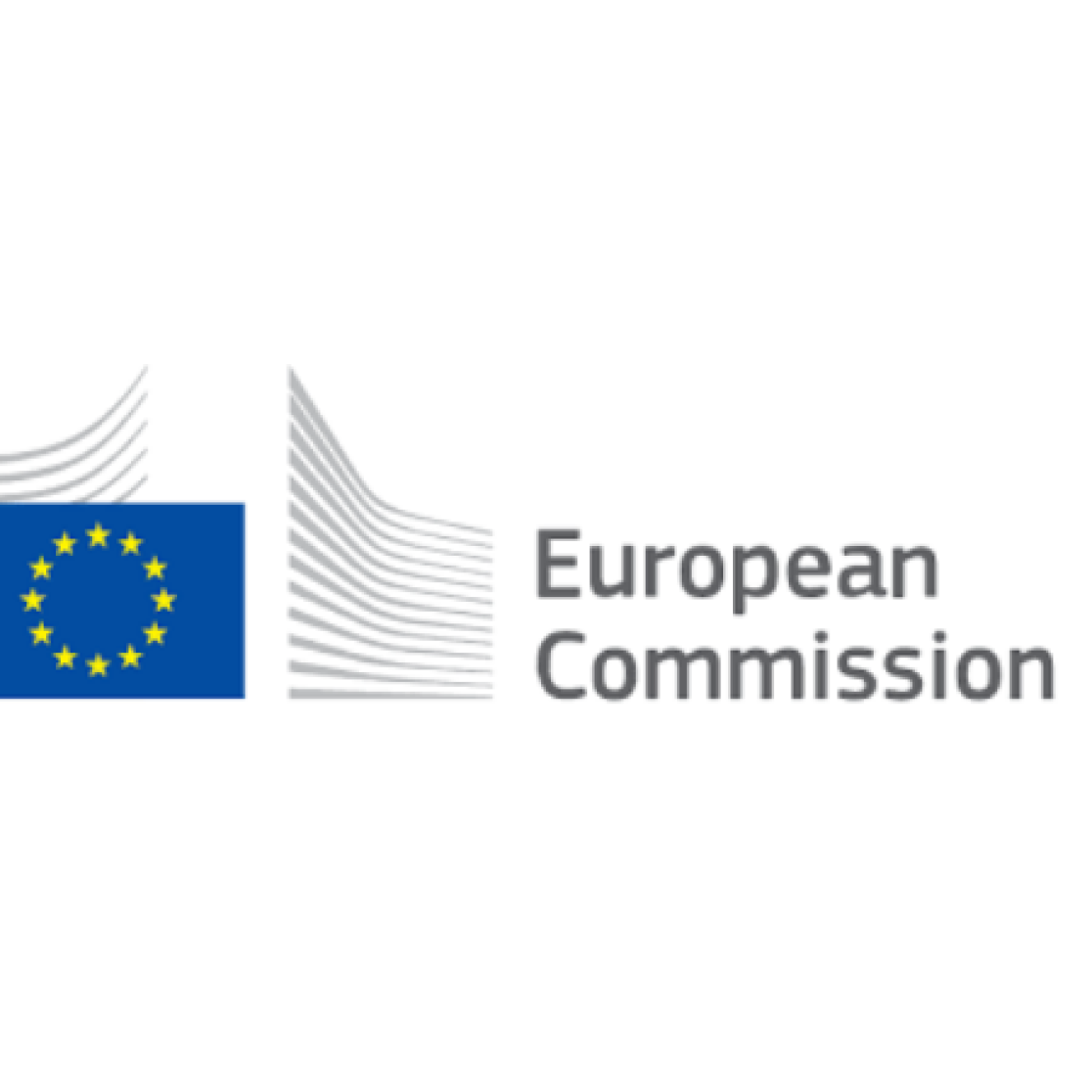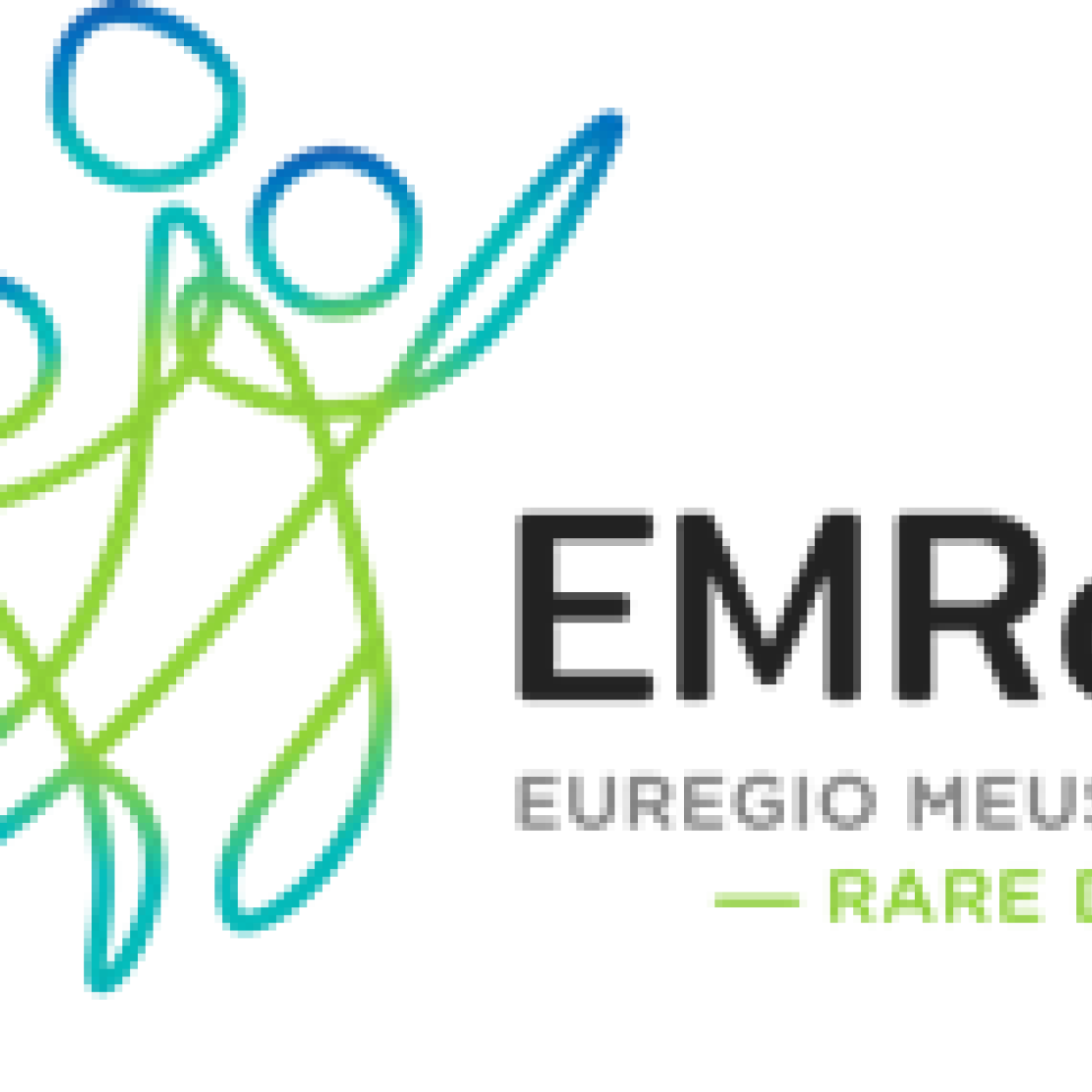Real-world data helps to improve patient care, decision-making and health policy

Digitisation in healthcare has led to an increase in health data. Electronic patient records, billing data, data from administrative and regulatory agencies, and data collected by medical devices and wearables provide a wealth of information. "A great opportunity," thinks physician, epidemiologist, and researcher Rok Hrzic. "Because it is not only about more data, but also about data from target groups that were previously rarely involved in scientific research."
University lecturer and researcher Timo Clemens wholeheartedly agrees. “Real-world data (RWD) improve the foundation for research and decision-making by increasing the quantity and the kinds of data available. This allows us to answer questions we could not answer before, leading to better and sometimes timelier decision-making in diagnostics, care and policy making. Moreover, RWD require less time and effort to collect compared to data obtained from clinical studies. At the same time, we face significant technical and methodological challenges to the routine use of RWD in decision-making.” Rok explains: “RWD data have been collected for purposes other than research and decision-making. This means they are stored in a variety of formats and encodings. There may be important semantic differences between datasets, and there may be biases that we don't yet fully understand.” Timo: “In addition, there are legal issues. We know where the data are collected and stored, but that doesn't mean we can access them.”
Contact:
Timo Clemens, PhD
Assistant Professor, Department of International Health
timo.clemens@maastrichtuniversity.nl
Rok Hrzic, MSc
Researcher, Depertment of International Health
r.hrzic@maastrichtuniversity.nl
Use of RWD in Europe still in its infancy
In a study commissioned by the European Commission, colleagues from the Department of International Health, joined by other partners, assessed the use of RWD in scientific research, clinical care, regulatory decision-making, health technology assessment and health policymaking. Timo: "In this study, we mapped existing RWD initiatives and the data infrastructures, disease areas, methodologies for data pooling and analysis, and the questions they addressed. We also identified the challenges associated with using RWD. An important conclusion of the study is that the use of RWD in Europe is still in its infancy. While there are examples of best practices, they represent isolated solutions with limited synergy between them. The European Health Data Space, proposed by the European Commission in 2022, could solve most health data exchange obstacles. An ex-ante assessment of this proposal for the Euregional cross-border effects conducted with colleagues from ITEM/Faculty of Law concluded that there is support from the field to address the challenges. But there has been scepticism about how far existing tailor-made solutions for bilateral data exchange can be scaled to the context of the entire EU.”

One area of application where RWD provides advantages is rare diseases because it is a field of research where numbers are, per definition, small. Rok says: “Health professionals, patient organisations, health insurers, and Maastricht University have joined a project on rare diseases in the Euregio Meuse-Rhine (EMRaDi). Because each rare disease affects only a few people, it is difficult to get a good picture of it with traditional data. RWD, particularly electronic patient records and billing data from insurers, helped us better understand the burden of disease and demand for care for rare diseases in the region.”

Avoidable Mortality Indicator
Another stream of Rok’s work includes how RWD can support the development of healthcare quality indicators for cross-country benchmarking. For example, in a study for the European Commission, he examined whether the avoidable mortality indicator is suitable for comparing member states' health systems. Rok explains, “Avoidable Mortality is an indicator of healthcare quality in a country and compares healthcare systems in different countries. But does Avoidable Mortality give an accurate picture of healthcare quality? Is there a level playing field when you disregard context and differences in the incidence of certain diseases, disease burden and age structure, for example?” He found that indicators focused on the avoidable disease burden may better address the policymakers’ needs, but that would require tapping into new data sources on disease prevalence and incidence. Rok: "With better indicators of healthcare quality, (European) policymakers can work on policies to improve national and European health care."
The beauty of RWD
Timo concludes, “We are both driven by the beauty of RWD. These enable healthcare professionals and policymakers to faster, better, and at a lower cost, improve patient care and treatments, make well-reasoned decisions, and design policies with impact.”
Text: Margo van Vlierden
Research team
- Dr. Timo Clemens, Assistant Professor, Department of International Health
- Rok Hrzic, MSc, Researcher, Depertment of International Health
- Prof.dr. Helmut Brand, Professor of European Public Health
Involved research line
- Creating Value-Based Health Care
Collaborating partners
Tender Real World Data
Tender Avoidable Mortality
Euregio Meuse-Rhine Rare Diseases (EMRaDi)
- Christian Health Insurance Fund Verviers-Eupen, Belgium
- University Hospital Aachen with the Centre for Rare Diseases Aachen, Germany
- Maastricht University Medical Center+, The Netherlands
- University Hospital of Liège, Belgium
- National Alliance of Health Insurance Funds, Belgium
- National Union of Socialist Health Insurance Funds, Belgium
- Dutch national patient alliance for rare and genetic diseases (VSOP), The Netherlands